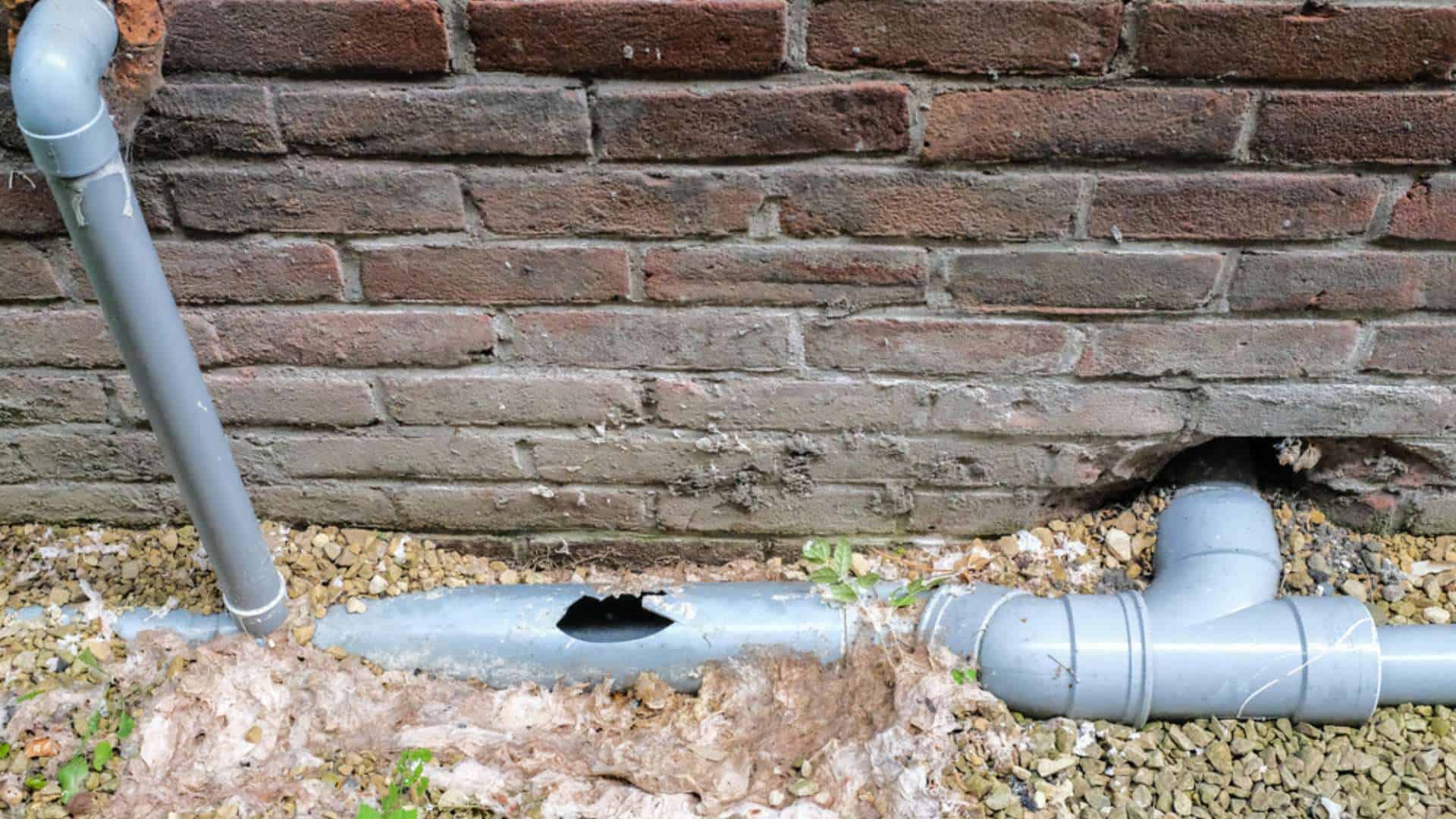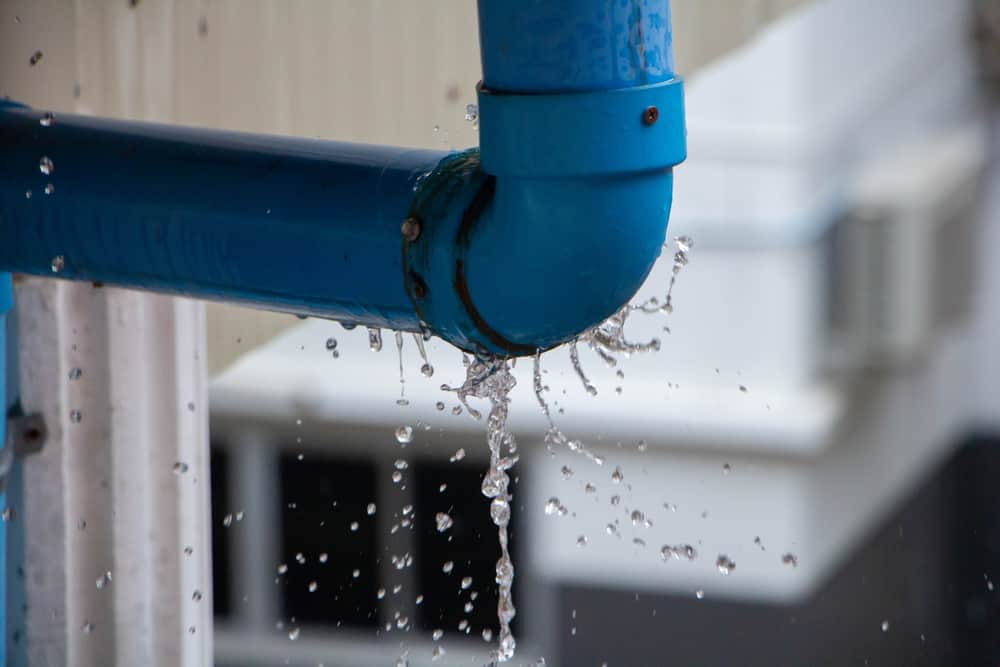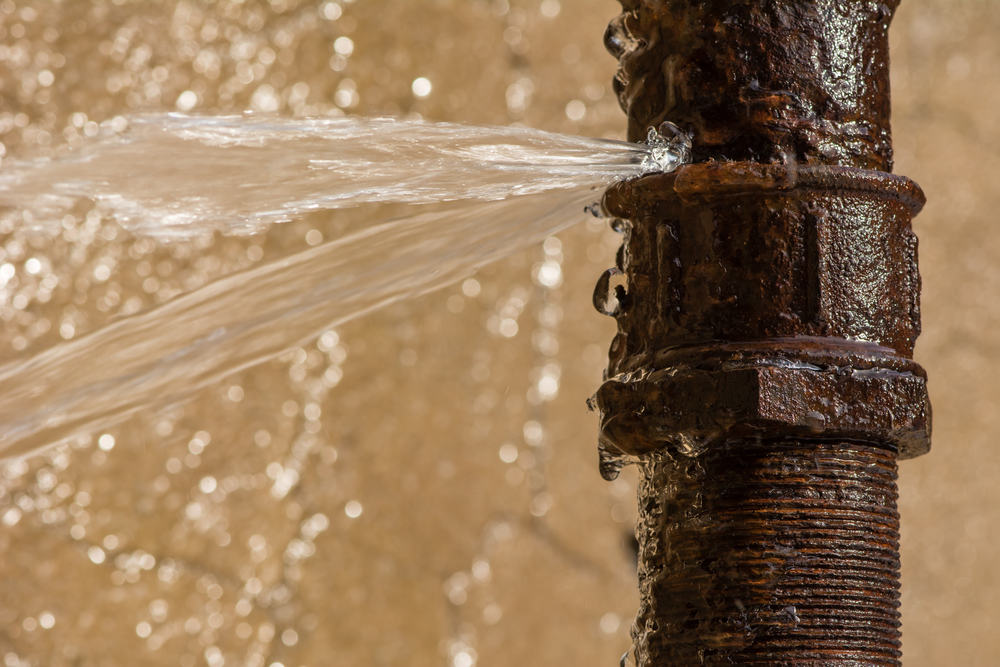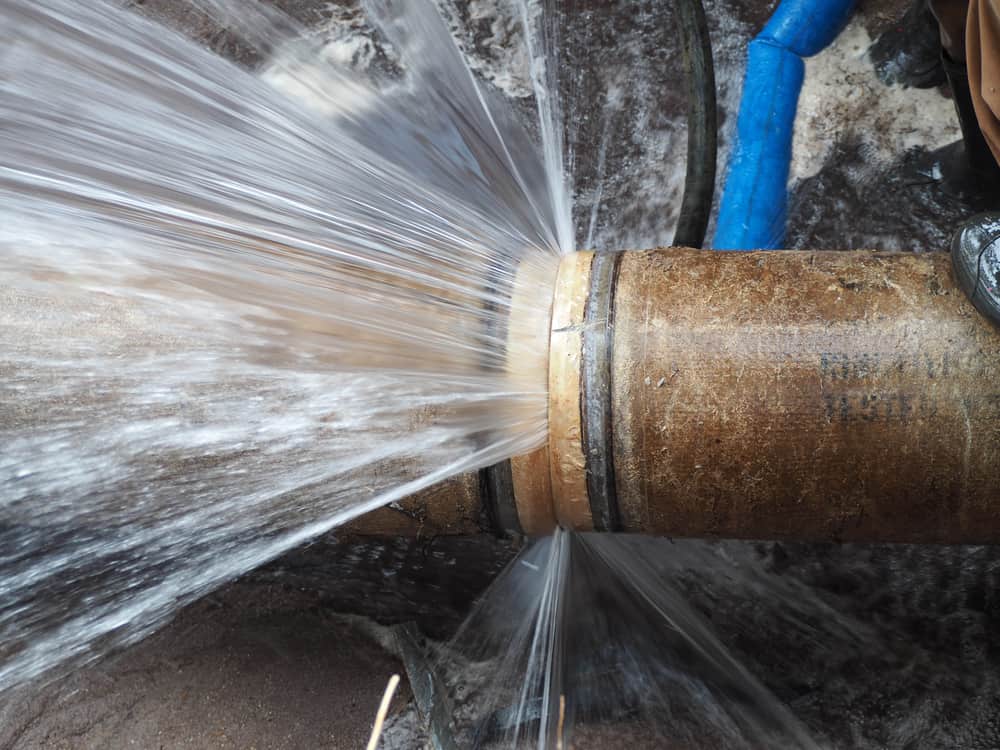

It’s impossible to overstate the importance of sewer maintenance. Trenchless sewer work lasts between 50 to 100 years. If your home consists of a septic tank system, it has a lifespan of 40 years. Several factors require the services of Shelter Island,NY sewer repair near me professionals.

If the sewer pipes that live under your home require repair, Shelter Island, NY pipe bursting provides an attractive solution. If you opt for the traditional sewer repair method, professionals dig into your property. They find the pipe damage. Then, they dig over and around it.
Homeowners who have expansive yards don’t mind digging a hole. A broken pipe under the house or a burst pipe in a house are different stories. It is not uncommon for homeowners to invest several thousand dollars in their landscaping. Digging it up is a shame. Basement or wall pipe bursts can cause other inconveniences.
Instead, the pipe bursting method offers a trenchless method to repair a water pipe burst under the house.
Professional Suffolk County pipe bursting contractors examine the situation, especially if it’s an emergency. They employ television and video tools when the issue isn’t obvious. Next, the team clears an entry point. After pipe fittings take place, an expander head goes into the damaged pipe. As it moves through the old pipes, it breaks into pieces.
After the trenchless technology completes its process, the old pipe becomes a series of small pieces. The new pipe replaces the old one, and professional plumbers secure the entry point in its place.
Bursting pipes on purpose is not a new method. As the trenchless technology improved, professionals became more confident in the process. Thus, it gained traction. Professional confidence in trenchless installations allows homeowners to try the service, which benefits them and their property.
The trenchless method for repairing sewer pipes continues gaining traction for several reasons. For example, it’s a cleaner process. Digging around busted pipes is messy. Dirt, mud, and sewage backup are among the things that become exposed during the traditional repair method.
Pipe lining is a sewer line repair method that involves trenchless technology. It follows a four-step process that aims to fix leaks, cracks, and the effects of corrosion. In addition to repairing the pipe’s issue, the process reinforces the original pipe. This allows the pipe to live several additional years without needing extra repair.
Those who receive sewer service from a municipal source can also benefit from pipe lining. Sewer service providers maintain pipes throughout the region, beginning at the source. Additionally, they take care of pipes in public areas such as sidewalks, streets, and parks. When pipes are located on a person’s property, they become their responsibility. Sewer maintenance services are important for this reason.
The sewer line from the house to the street counts as the property owner’s responsibility. If you notice leaks inside your home, on your laws, or in other areas of your property, pipe lining offers a cost-effective solution.
Professional plumbers employ trenchless repair technology when pipe damage is minimal. They insert the inflatable tube into the damaged pipe. The tube consists of an epoxy layer. Once the lining is inside the pipe, plumbing contractors inflate it until the tube presses up against the pipe.
Inside the pipe, the tube’s epoxy hardens. The epoxy cures in two to five hours. Pipe lining lasts between five to ten years.

Septic systems consist of sewer lines. Although septic systems service fewer people than municipal services, they benefit from trenchless technology too.
Sewer lines connect the indoor plumbing to the septic tank. Thus, the line must remain in good shape. Clogs are a common sewer line issue that requires repair. Sagging sewer lines, tree roots in the sewer line, and pipe damages caused by constructions are other reasons they require repair.
Additionally, you should consider their age. The life span of cast iron, clay, and cement sewer lines can range from 75 to 100 years. If the homeowner opts for Orangeburg pipes, they last an estimated 50 years. PVC pipes last up to 100 years. Age comes into play in sewage repair and replacement plans. It matters when the previous homeowner installed the property’s septic system.
If a municipal sewage system services your home, call them to find out the age of the sewer line from the house to the street. You don’t want to get caught off guard by a cracked sewer pipe under the house. Instead, you want to receive a heads up that replacing a sewer line from the house to the main source is possible.
Prevention helps save homeowners significant funds. Plus, prevention saves you stress and inconvenience.
Sewer line repair consists of clean-out plumbing services. The service benefits from trenchless pipe repair too. Trenchless technology repair options include pipe lining and pipe bursting. Otherwise, plumbing contractors will use the traditional method of digging around the damaged pipe.
Sewer Line InstallationA sewer line installation from scratch is an involved process. Plumbing contractors dig, find the access points, and connect the sewer liner from the home’s indoor plumbing to the municipal pipe.
It is then up to the plumbing crew to determine the correct elevation as well as lay the pipe and install the cast iron, clay, and cement sewer lines. In order to secure the new pipe, the team backfills it. It takes between three and five days to install a sewer line.
Sometimes it’s necessary to install a new sewer line to replace a damaged pipe. In this case, it’s possible to replace a sewer line with trenchless technology.
Plumbing contractors take into account their visual observations, calculations, and local codes. That’s why it’s best to hire local Shelter Island,NY sewer repair near me professionals.
Trenchless Sewer Line Replacement
Severe damage to sewer lines calls for line replacement. When the line is no longer usable, repair doesn’t solve the issue. Sewer line repair can provide a short-term solution. However, you risk incurring worse damage at an inopportune time.
For example, additional pressure on the sewage system during holiday family gatherings can result in the need for emergency services. The team at Long Island Sewer and Water Main is available to provide 24/7 service for Suffolk County. It gets tricky when others experience sewage issues during the Holiday season too. That’s why we recommend maintenance services at appropriate intervals.
If you require trenchless sewer line replacement, our team completes the job to your satisfaction.
The trenchless technology for sewer systems isn’t new. Instead, it’s had time to improve. Now, it delivers an efficient method for replacing damaged pipes. Plus, it saves the customer money.
Plumbing contractors work from the pipe’s access point rather than digging around the damaged pipe. The pipes are burst or lined. Pipes that need to be replaced are more likely to burst.
All major home appliances require maintenance. From your heating, cooling, and ventilation unit to the indoor plumbing. Septic tank maintenance is important too. The municipal sewage service provider handles the bulk of the maintenance for the system. However, the property is responsible for the portion located within the boundary lines.
Septic tank maintenance includes pumping the tank at regular intervals. Many septic tanks efficiently clean themselves. Over time, the tiny amounts of gunk left behind accumulate. A full tank leads to leaks. In severe cases, it backs sewage into the home. This causes an expensive emergency plumbing service that is easily avoidable.
A septic tank’s size, the number of people in a household, and traffic all affect the frequency of septic maintenance. Maintaining a septic tank that receives constant use requires more attention. There is good news: Suffolk County sewer repair near me professionals can inspect your sewage system. A maintenance plan is suggested to the homeowner based on their findings.
Plumbing contractors recommend high-pressure water jetting the drain lines too. All septic system components accumulate gunk. Gunk in the drain lines causes clogs eventually. Clogs that cause leaks denote a serious situation. If you notice flooding on your lawn, the drain line often requires replacement.
Self-cleaning septic tanks contain additives. The additives break down the waste to make it less harmful to the soil. During septic tank maintenance, contractors replace the additives. It helps dilute the waste and keep the tank in good condition.
Many septic systems benefit from an effluent filter. The more the system breaks down waste, the less of it drains into the soil. In some areas, septic tanks are highly regulated. If the soil absorbs too much waste, it impacts the surrounding environment.
Prevention is the main goal of maintenance completed on major household appliances and infrastructure. It extends the lifespan of the units and saves the property owner significant amounts of money.
Professional Sewer and Drain Cleaning
For several years, advertisers and cleaning product manufacturers encouraged property owners to clean their drains with liquid chemical products. Sometimes the method works. Other times it doesn’t and the product damages the pipes.
When your home’s sewer and drains require cleaning, leave the tasks to the professionals. They have access to products that complete the job and don’t damage the plumbing infrastructure.
They employ high-water pressure to clear out the drains and sewer lines. Everything spills out to the vacuum hose including obstructions causing clogs.
To schedule Shelter Island,NY sewer repair near me services, contact Long Island Sewer and Water Main at 800-479-5325. We also serve Suffolk County, Suffolk County, and Shelter Island in New York. To view a list of our services, visit our website.
You can also request a quote, schedule trenchless repair service, and request emergency service online. We answer a burst pipe emergency 24/7.
Shelter Island is an island town in Suffolk County, New York, near the Eastern end of Long Island. The population was 3,253 at the 2020 census.
Here are some plumber-related links and associations.
Copyright © 2024 Long Island Sewer and Water Main. All Rights Reserved. SEO Company NYC Sitemap | Privacy Policy